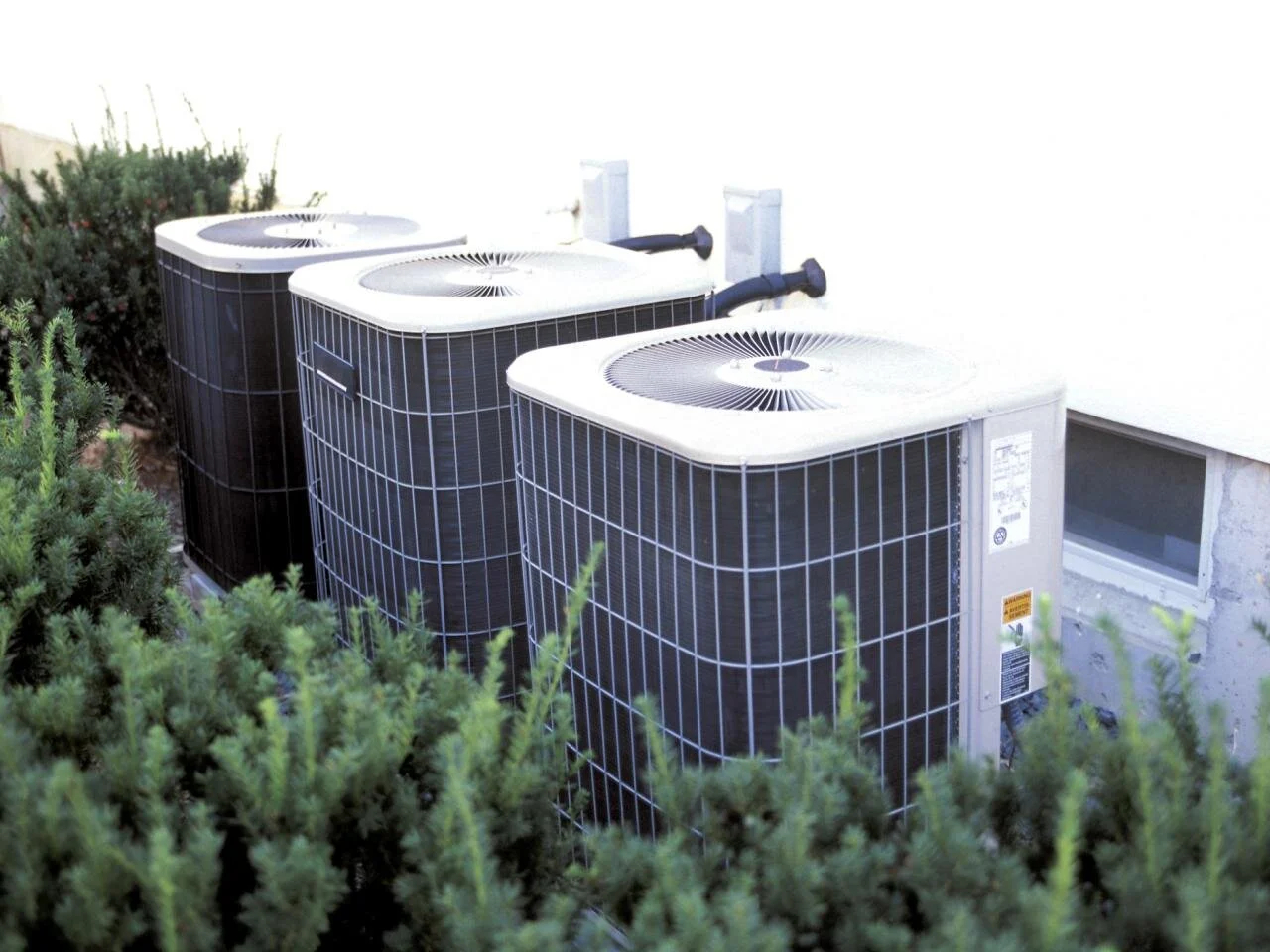6 Benefits of Upgrading Your HVAC System
RH Business Marketing Solutions
If you’re still relying on an aging HVAC system to keep everyone comfortable in the summer and winter, you deserve a pat on the back for keeping it functioning after all these years.
However, you might want to consider shopping for a new one, especially if your HVAC system has been in use for a decade or longer.
Ask home and commercial HVAC experts, and they will likely recommend upgrading to a new HVAC system because of the many benefits that come with it.
Here are the benefits of upgrading to a new HVAC system.
1. More Energy Savings
HVAC systems tend to become less efficient as they age, even with regular maintenance.
There’s also the fact that the SEER (Seasonal Energy Efficiency Ratio) of an older HVAC model is typically lower than that of a new one.
Older systems have a SEER of 8 to 10, while the SEER of newer units could be as high as 25.
Since a higher SEER translates to better efficiency, you can have much more significant energy savings if you switch to a new HVAC system.
As for the heating part of the equation, newer HVAC systems operate on 90% annual fuel utilization efficiency (AFUE), which is 25% higher than the 65% of older HVAC systems. As with the SEER for cooling, a higher AFUE for heating systems indicates much better efficiency.
2. Improved Indoor Comfort
Newer, high-efficiency HVAC systems are typically equipped with variable speed motors, which are instrumental in keeping indoor temperatures constant, and therefore, comfortable.
Unlike the traditional single speed motors of older HVAC systems, variable speed motors don’t run at full blast then shut down upon reaching the desired temperature.
Instead, HVAC systems with variable speed motors run longer but at lower speeds, which results in better humidity control and improved indoor comfort.
3. Complete Climate Control
Programmable thermostats are great, and it would be great if you could buy one that’s compatible with your aging HVAC system.
But that’s just the thing: there is a distinct possibility that a smart thermostat won’t have compatibility with old HVAC systems.
On the other hand, most new systems already come with a programmable thermostat. For those that don’t, their chances of being compatible with a separate smart thermostat are still much better.
With a smart thermostat working in conjunction with a new HVAC system, you will have complete climate control, even when you’re away.
Newer HVAC systems typically come equipped with programmable thermostats, which allow you to completely control the temperature in your home even when you’re away.
4. More Peace and Quiet
No matter how well-maintained, an HVAC system with plenty of years behind it will always tend to make a lot of noise.
With a newer, high-efficiency system, you’re guaranteed a much quieter operation. That’s because newer systems are equipped with more advanced noise-reduction technologies.
Newer models have sound-absorbing material, better fan design, well-insulated compressors, and variable-speed blower fans that help keep the noise down.
5. Lower Repair Costs
Your older HVAC system may still be operating, but how many times have you had it repaired in the last few years?
Aging HVAC systems require more frequent attention, which translates to higher maintenance and repair costs.
With a new HVAC system, you won’t have to spend much money on repairs because it isn't likely to break down during its first few years in operation.
And if it does break down in its first couple of years, remember that all parts and the entire unit are still under warranty. You won’t have to spend anything at all.
6. More Environment-Friendly
The higher energy efficiency of new HVAC systems makes them so much friendlier to the environment.
Newer systems also no longer use R-22, better known as Freon, a common refrigerant in older units that has already been phased out for compounding the depletion of the Earth's ozone layer.
When you upgrade your HVAC system, trust only professional HVAC technicians to install it to make sure that it will perform optimally and allow you to enjoy all its benefits for years to come.
Guest Contributor: Sara Olsen















